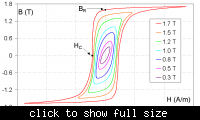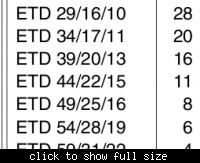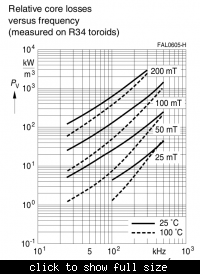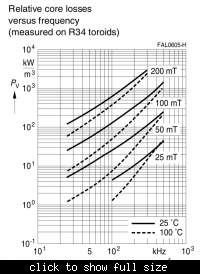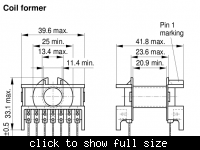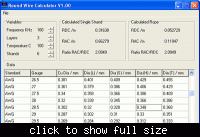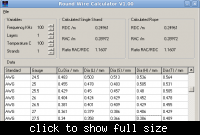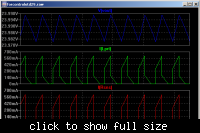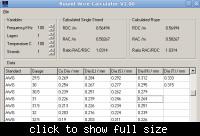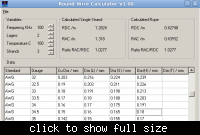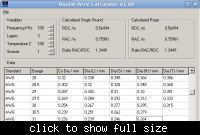CandleCookie
Advanced Member level 4

Ermm...Jz new year..lol
What is the I1? Since I will connect a chopper at the output, I just connect across RLOAD. Will there be any problem?
What is the I1? Since I will connect a chopper at the output, I just connect across RLOAD. Will there be any problem?

